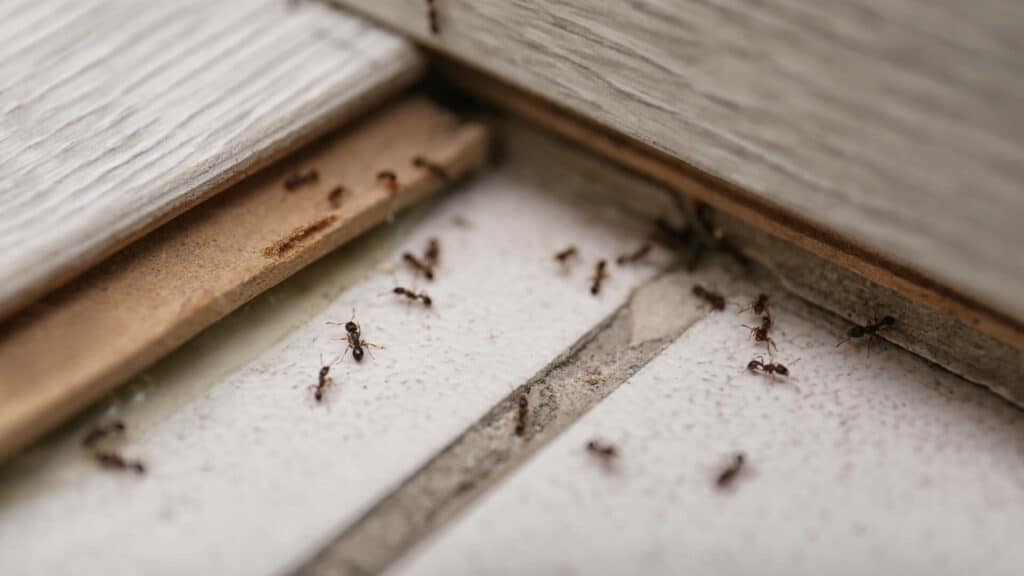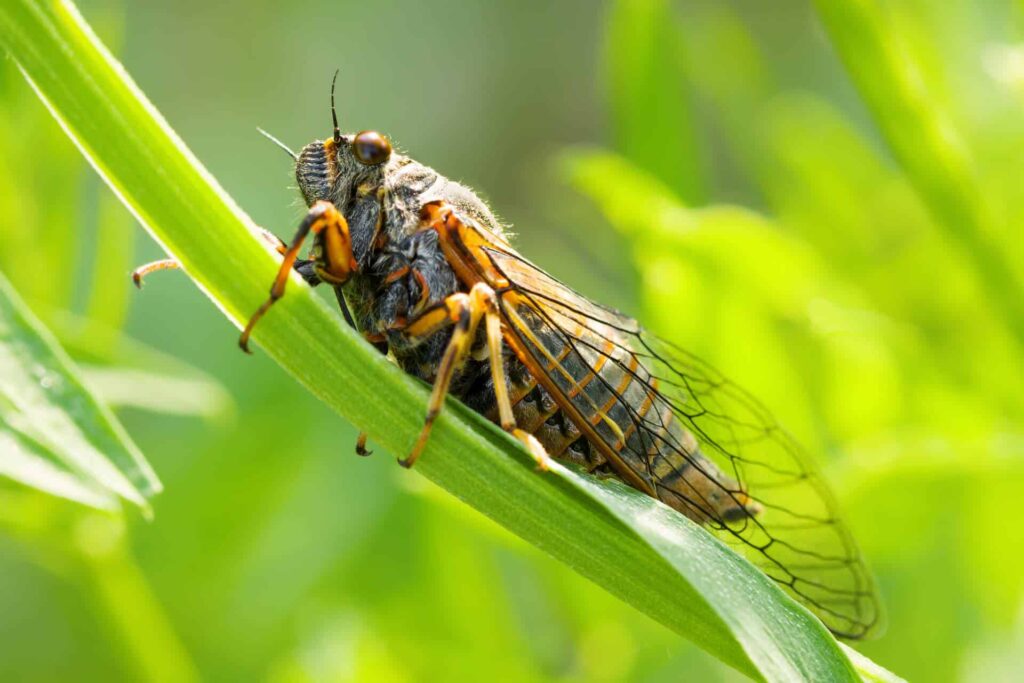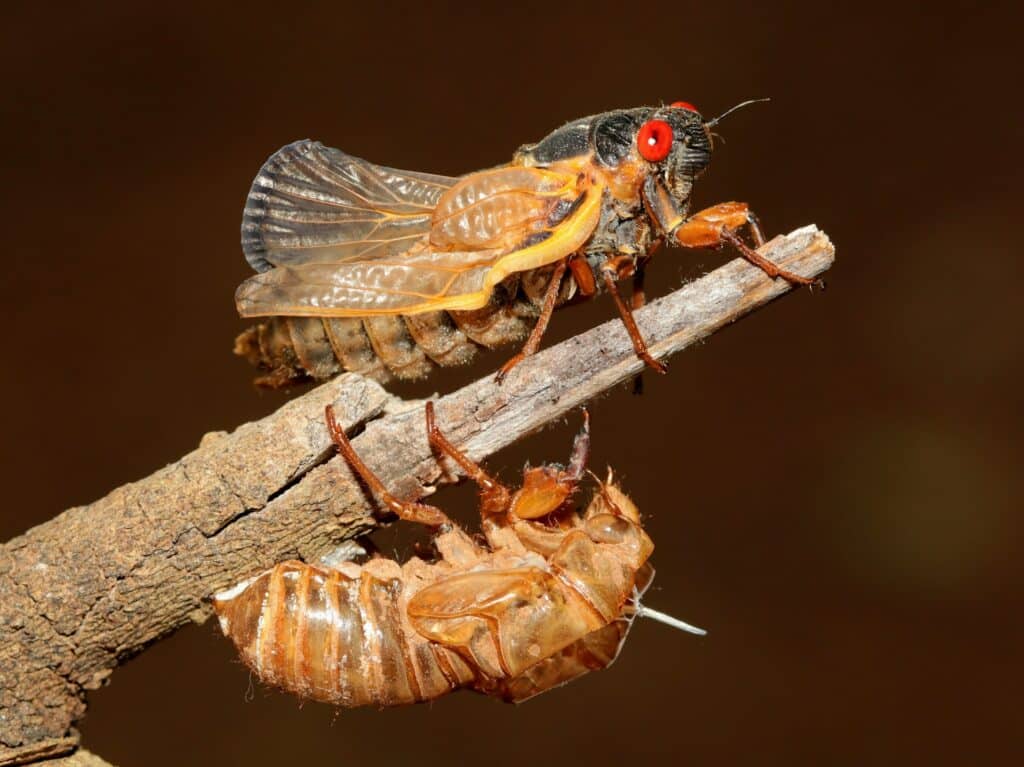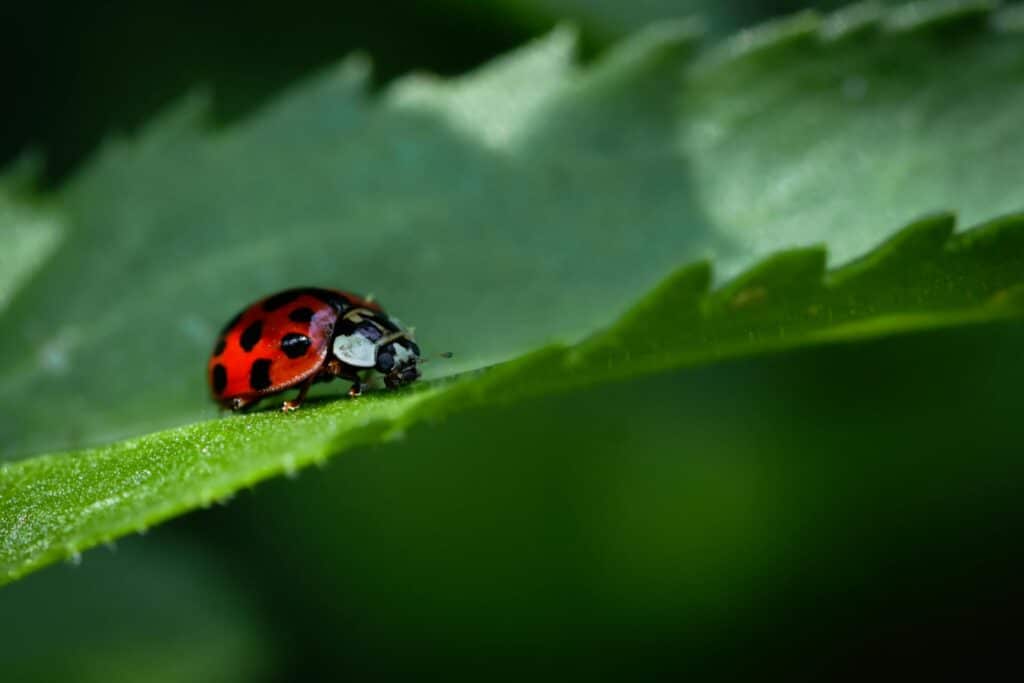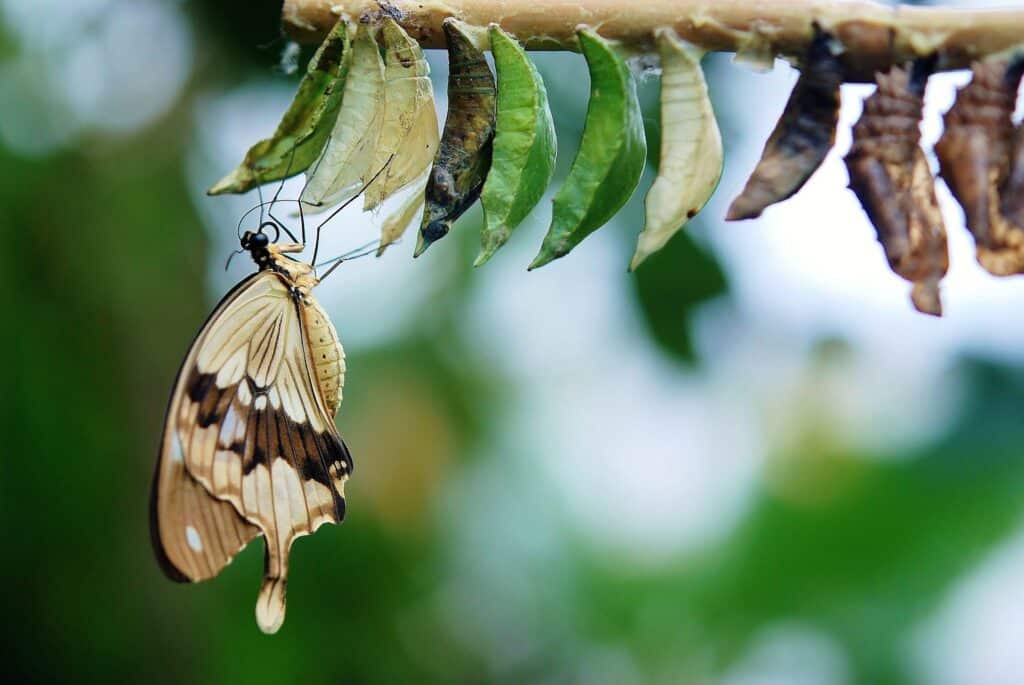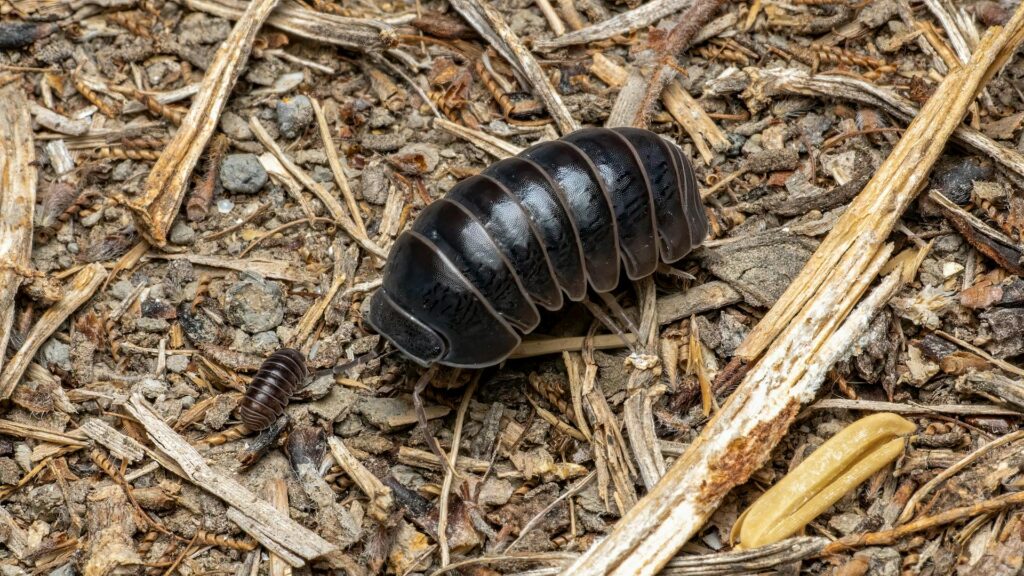That faint rustling sound echoing through your walls at 2 a.m. isn’t your imagination, and it’s probably not your house settling or pipes creaking. When you hear scratching, scurrying, or gnawing sounds during nighttime hours, you’re likely listening to evidence of rodents in your home. Many homeowners dismiss these nocturnal disturbances as harmless background noise, but this assumption can prove costly for both your property and your family’s health.
These mysterious nighttime sounds typically indicate that rodents have already established themselves within your home’s structure, where they’re actively nesting, foraging for food, and potentially causing damage you won’t discover until much later. Understanding what these sounds mean and why prompt rodent control is essential can save you from expensive repairs and serious health risks down the road.
Why Rodents Are Active at Night
Rodents demonstrate strictly nocturnal behavior patterns, meaning their peak activity occurs precisely when your household settles down for sleep. Mice and rats have evolved to avoid daytime exposure when predators pose the greatest threats, instead conducting their essential activities under the protective cover of darkness.
During these nighttime foraging periods, you might hear several distinct types of sounds emanating from various areas throughout your home:
Common nighttime rodent sounds include:
- Persistent scratching noises within ceiling spaces or behind wall surfaces.
- Rhythmic gnawing sounds near baseboards, around plumbing fixtures, or electrical outlets.
- Rapid scurrying or running movements in attic areas, crawl spaces, or between floor levels.
- High-pitched squeaking or chirping vocalizations, particularly from juvenile rodents in nesting areas.
- Thumping or dragging sounds as larger rodents move nesting materials or food items.
These auditory indicators result from essential rodent behaviors including nest construction using insulation and fabric materials, continuous gnawing required to maintain their ever-growing teeth, foraging expeditions between food sources and shelter locations, and social communication within established colonies.
The consistency and location of these sounds provide valuable diagnostic information about the scope and severity of your rodent problem, making careful listening an important first step in addressing infestations.
What the Sounds Can Tell You
The specific characteristics of nighttime noises can provide valuable insights into rodent species, population size, and the types of activities occurring within your home’s structure. Learning to interpret these sounds helps determine the urgency of your situation and guides appropriate response strategies.
Scratching noises typically result from rodents moving through loose insulation, burrowing within drywall cavities, or navigating wooden framing members. These sounds often indicate nest construction or expansion activities in wall voids, attics, and ceiling spaces.
Rhythmic chewing or gnawing sounds suggest ongoing damage to structural materials, electrical components, or stored items. Rodents gnaw continuously to control their constantly growing incisor teeth, making these sounds particularly concerning for property damage potential.
Running or thumping noises usually indicate larger rodents like rats moving through spacious areas such as attic cavities or basement ceiling spaces. The intensity and frequency of these sounds often correlate with population density and available space.
Consistent noise patterns originating from identical locations suggest established nesting sites requiring immediate attention. Rodents prefer undisturbed areas for reproduction and will defend successful nesting locations aggressively.
Sounds that seem to move throughout different areas indicate active foraging behavior as rodents travel between food sources and shelter locations. This pattern suggests well-established populations with secure nesting sites and reliable food access.
Why You Shouldn’t Ignore the Problem
While a single night of mysterious scratching might seem like a minor inconvenience, dismissing ongoing rodent activity can lead to significant problems that compound rapidly over time. Understanding these potential consequences helps illustrate why immediate action proves far more cost-effective than delayed response.
- Structural damage escalation: Rodents possess continuously growing teeth that require constant gnawing to maintain manageable length. This biological necessity drives them to chew through diverse materials including drywall, wooden framing members, plastic piping, and electrical wiring systems. Damaged electrical components create serious fire hazards, while compromised plumbing can result in water damage and costly repairs.
- Health and safety risks: Rodent infestations present multiple health concerns through pathogen transmission via droppings, urine deposits, and saliva contamination. Certain species like deer mice carry hantavirus, a potentially fatal respiratory illness transmitted through dried excrement particles that become airborne when disturbed.
- Rapid population expansion: Most rodent species demonstrate remarkable reproductive capacity, with mice capable of producing litters every three weeks under favorable conditions. What begins as a minor intrusion involving one or two individuals can quickly expand into substantial populations numbering in the dozens within just a few months.
- Environmental contamination: Established rodent populations create persistent odor problems through accumulated waste materials, decomposing nesting substances, and deceased animals within inaccessible areas. These conditions affect indoor air quality while potentially damaging stored belongings through contamination and persistent odors.
How Rodents Enter Your Home
Understanding how rodents gain access to your home helps explain the source locations of nighttime noises while identifying vulnerabilities requiring attention. These persistent invaders exploit numerous structural weaknesses that homeowners often overlook during routine maintenance.
Primary access routes include:
- Gaps around exterior doors and window frames where weatherstripping has deteriorated.
- Foundation cracks and openings where concrete has settled or developed stress fractures.
- Roof-level vulnerabilities including damaged soffits, unscreened vents, and compromised flashing.
- Openings around plumbing penetrations, electrical entries, and cable connections.
- HVAC system gaps and damaged ductwork connections.
- Garage door seals and crawl space ventilation openings.
Mice require openings only the diameter of a dime (6mm) while rats need spaces roughly the size of a quarter (13mm). Their flexible bodies allow significant compression when squeezing through tight spaces.
Once rodents breach your exterior barriers, they establish nesting locations in quiet areas close to food and water sources. The nighttime activity you hear typically represents movement between secure nesting sites and foraging areas throughout your home.
What to Look for When You Have a Rodent Infestation
If you’re hearing activity but still unsure, check for these signs during the day:
- Rodent droppings (look behind appliances, inside cabinets, or in the attic).
- Grease marks along baseboards or pipes.
- Shredded insulation or nesting material.
- Unusual smells or pet reactions near walls.
- Small gnaw marks on boxes or wires.
If you see any of these along with nighttime noises, it’s likely you have an active rodent issue that needs to be assessed.
When to Involve a Professional
When dealing with persistent nighttime rodent noises in your home, Aptive’s pest control experts can help. Our technicians will perform a detailed inspection to assess the situation and develop a customized treatment plan based on the specific sounds you’re hearing and their locations. We’ll identify whether you’re dealing with mice creating scratching sounds in wall voids and ceiling spaces, or larger rats causing thumping and running noises in attic areas and structural cavities.
If you’re losing sleep due to scratching, scurrying, or gnawing sounds at night, contact Aptive today for a free quote. Our pest control service will evaluate your specific noise patterns and recommend the most effective solutions to eliminate these nighttime disturbances and protect your home from ongoing rodent damage.
Common FAQs About Rodent Noises at Night
Here are some frequently-asked questions when it comes to hearing rodents at night.
Q: Do mice and rats sound differently?
Yes, mice and rats produce distinctly different sounds. Mice create light scratching, scurrying, and high-pitched squeaking noises, often described as quick, delicate movements. Rats produce heavier thumping, louder gnawing sounds, and deeper vocalizations due to their larger size. Rat movements sound more substantial and deliberate, while mouse activity appears faster and lighter. The location also differs—mice often sound within walls, while rats commonly create noise in attics and larger spaces.
Q: What is more dangerous: a mouse or rat infestation?
Both pose serious health risks, but rats generally present greater dangers due to their size and behavior. Rats cause more structural damage through aggressive gnawing, carry more pathogens, and contaminate larger areas. However, deer mice specifically carry hantavirus, making them particularly dangerous despite their small size. Rats also reproduce more slowly but live longer, while mice reproduce rapidly. Both require immediate professional attention to prevent health risks and property damage.
Q: Should I worry about structural damage to my home if I am hearing rodents at night?
Yes, nighttime rodent activity often indicates ongoing structural damage. Rodents gnaw constantly to maintain their teeth, targeting electrical wiring (fire hazard), insulation, wooden framing, and plumbing. They also contaminate insulation with urine and droppings, create entry holes that worsen over time, and establish nests in wall voids. The longer infestations persist, the more extensive and expensive repairs become. Prompt professional intervention prevents minor damage from becoming major structural problems.
